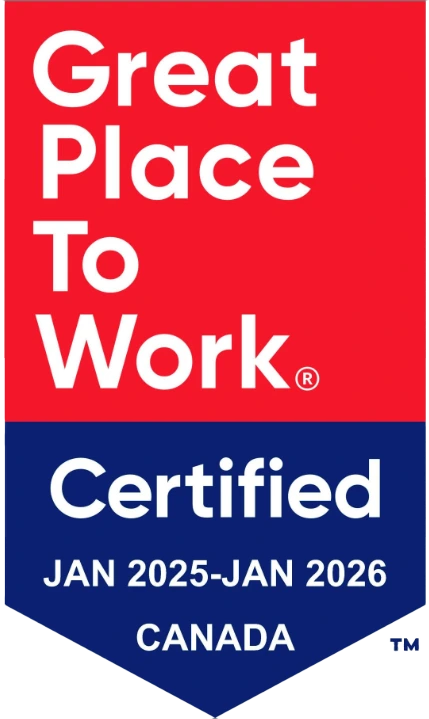The Resource Center

Everything you need to navigate compliance, security and proctoring with confidence. White papers, blogs, case studies and more—explore our Resource Center below.
Filter by:















